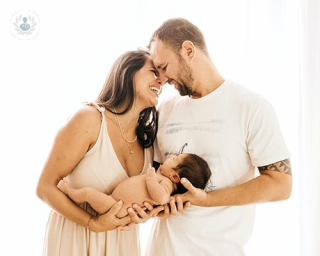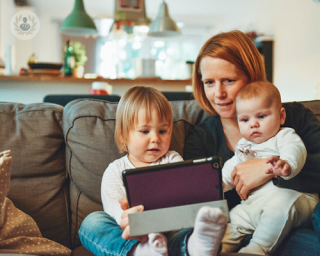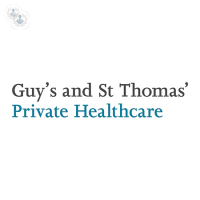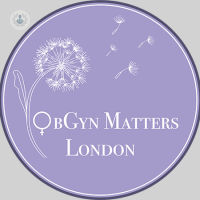Childbirth
Dr Alison Wright - Obstetrics & gynaecology
Created on: 11-13-2012
Updated on: 06-09-2023
Edited by: Aoife Maguire
What is childbirth?
As a general rule, childbirth takes place after nine months of pregnancy, however, it can occur prematurely. Labour happens in three stages, but established labour is achieved when the cervix is dilated to 3cm. Childbirth is different for every mother and infant, with different delivery methods, positions and pain relief options available.

As childbirth can be painful, there are various options of pain relief to choose from:
- Self-help: by being more relaxed in labour it is likely to be less painful. Keeping moving, having a bath, having a massage and deep breathing can all help to relax you.
- Gas and air: a mixture of oxygen and nitrous oxide can make the pain of labour more manageable. It is given via a mask held by yourself.
- Pethidine injections: this is injected into your thigh or buttock and helps you to relax, lasting for up to four hours.
- Epidural: this is a form of local anaesthetic which numbs the nerves carrying pain signals from the birth canal to the brain. For many women, it can provide total pain relief. It is administered via a needle placed in your lower back.
The different methods of delivery include:
- Natural birth – this is a vaginal delivery without pain relief.
- Vaginal birth with pain relief
- Water birth – some women find that a birthing pool relaxes them and relieves their pain.
- Caesarean section – a surgical procedure in which the infant is delivered through an incision in the mother’s abdomen and uterus. This might be necessary if the baby is too large, is in the wrong position or the baby is in distress, or if previous births have been done via caesarean.
What does childbirth consist of?
Labour usually begins with your amniotic sac rupturing. This is often called your ‘water-breaking’. The fluid should be clear and odourless. You will start to have contractions following this. Contractions are the tightening and releasing of the muscles surrounding your uterus. They are meant to help push the baby during delivery through the cervix. It can feel like heavy menstrual cramping or pressure. If contractions are lasting for about a minute and are roughly five minutes apart, this is considered true labour and not Braxton-Hicks contractions which can begin as early as the second trimester.
- First stage of labour:
This is the longest stage and starts with contractions which aim to dilate the cervix. This is called the latent phase and is when the cervix starts to soften ahead of the birth. This stage can take hours or even days. Established labour is when the cervix has dilated to at least 3cm. Once in established labour you might be offered pain relief and you will be monitored regularly. During this time your cervix will continue to dilate as it needs to be open about 10cm to enable the baby to pass through. This can take up to 12 hours in a first-time birth.
- Second stage of labour:
This is when the cervix is fully dilated (10cm) until the actual birth of the baby. Before birthing commences, you will need to find a comfortable position, for which there are several (standing, sitting, kneeling, squatting or lying on your side). Once fully dilated, you will feel an urge to push. When you are having contractions it can be helpful to push. This stage of labour can be the hardest and can last up to three hours. Once the baby’s head is almost ready to be delivered, you will stop pushing so that the head is birthed slowly, allowing the skin and muscles to stretch. Sometimes an episiotomy will be needed to avoid tearing and to speed up the birth. Once the head is delivered, the rest of the baby is birthed in the next few contractions. Once birthed, you can normally hold your baby immediately, skin-to-skin.
- Third stage of labour:
This occurs after the baby is born and involves the delivery of the placenta. This may be done naturally, but sometimes it might require help from your doctor. The umbilical cord is usually cut between 1 and 5 minutes after birth.
Preparation for childbirth
Many pregnant women attend childbirth preparation classes, where they explain what the stages of delivery are and how they can cope. Breathing and relaxation techniques are taught, as well as the first steps of care that their new-born should receive.
Aftercare
After delivery, it is important that the mother rest as much as possible. You will suffer some blood loss, similar to the menstrual period, which will last a few weeks. Do not use tampons for this, but instead use absorbent sanitary pads. If you have had an episiotomy you will have some stitches which need to be kept clean. These are usually dissolvable, but sometimes do need to be removed.
















